Alcohol Process
-

Five-Column Three-Effect Multi-Pressure Distillation Process
The five-tower three-effect is a new energy-saving technology introduced on the basis of the traditional five-tower differential pressure distillation, which is mainly used for the production of premium grade alcohol. The main equipment of the traditional five-tower differential pressure distillation includes a crude distillation tower, a dilution tower, a rectification tower, a methanol tower, and an impurity tower.
-
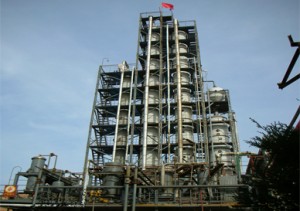
Double Mash column three-effect differential pressure distillation process
This process is suitable for the production of general-grade alcohol and fuel ethanol. This process has obtained the national patent of China. It is the only process in the world that uses the double-cold tower three-effect thermal coupling distillation technology to produce the general-grade alcohol.
-
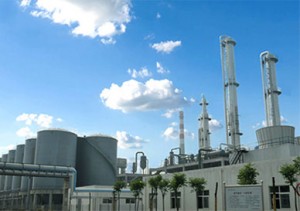
Ethanol production process
In the industry, ethanol is generally produced by a starch fermentation process or an ethylene direct hydration process. Fermentation ethanol was developed on the basis of winemaking and was the only industrial method for producing ethanol for a long period of time.
-
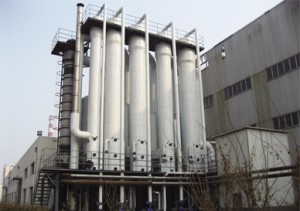
Evaporation and crystallization technology
Molasses alcohol waste liquid is highly corrosive and has high chroma, which is difficult to remove by biochemical method. Concentrated incineration or high-efficiency liquid fertilizer is the most thorough treatment plan at present.
-

Aginomoto continuous crystallization process
At the basement of MSG single-effect crystallization pot, the device adopt the process of double-effect, rising film, decompression evaporation, fresh steam provide heat to first-effect, compared with original process, this device reduce 50% percent steam consumption. Crystallization is the Self-developed Oslo elutriation crystallizer without stirring.
-
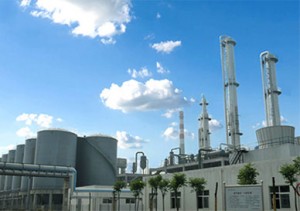
Threonine continuously crystallization process
Threonine filter clogging liquid will generate crystal in the condition of low concentration evaporation, In order to avoid crystal precipitation, the process will adopt the mode of four-effect evaporation to realized clear and closed production. Crystallization is the Self-developed Oslo elutriation crystallizer without stirring.
-
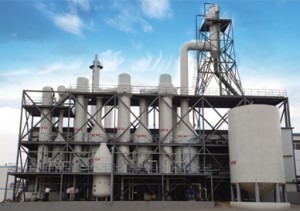
Waste water containing salt evaporation crystallization process
For the characteristics of “high salt content” of waste liquid produced in cellulose, salt chemical industry and coal chemical industry, the three-effect forced circulation evaporation system is used to concentrate and crystallize, and the supersaturated crystal slurry is sent to the separator to obtain crystal salt. After separation, the mother liquor returns to the system to continue. Circulating concentration.


